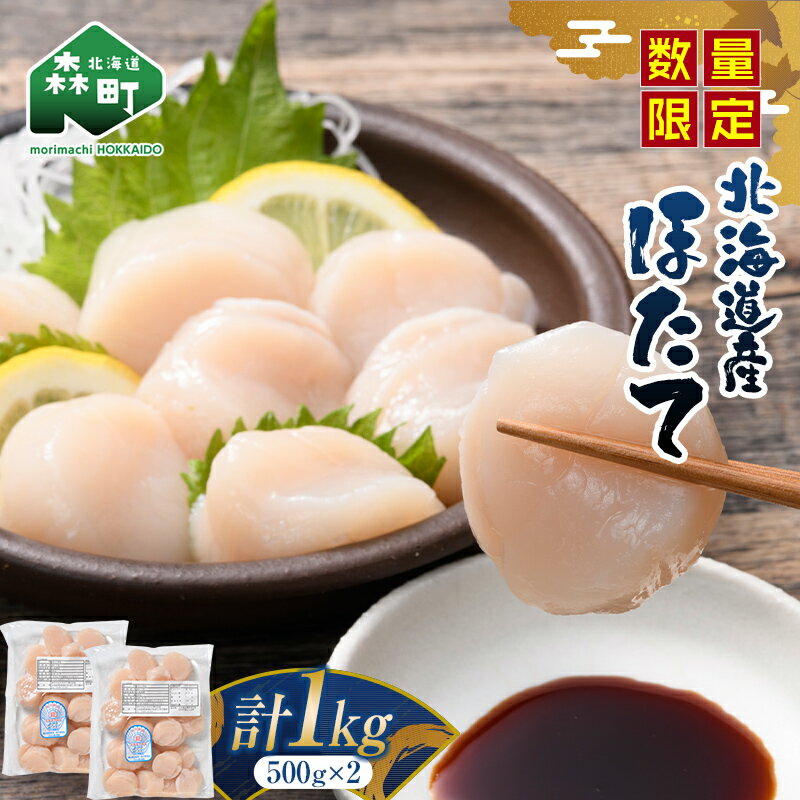論文No3683
The predictive value of 18F-FDG PET/CT combined with inflammatory index for major pathological reactions in resectable NSCLC receiving neoadjuvant immunochemotherapy
Xiaoqin Yin,Jian Li,Bei Chen,Kehuang Liu,Shuo Hu
LUNG CANCER, VOLUME 186, 107389, DECEMBER 2023.
<目的>
ネオアジュバント免疫化学療法後の切除可能なNSCLC患者において、
炎症性バイオマーカーと18F-FDG PET/CTの代謝パラメータを組み合わせることで、
より正確に主要な病理学的反応(MPR)を予測し、
ネオアジュバント療法が有効な患者をスクリーニングできるかどうかを検討すること。
<材料と方法
ネオアジュバント免疫化学療法と根治手術を受けた切除可能NSCLC患者114例をレトロスペクティブに登録した。
詳細な臨床的特徴、B-Rおよび18F-FDG PET/CT画像を収集し、MPRとの相関を解析した。
MPRを予測するために、18F-FDG PET/CTの代謝パラメータと炎症指標を組み合わせた
代謝-炎症包括的予後指標(MICPI)を提案した。
<結果>
66.7%の患者がMPRを達成した。
喫煙歴、性別、ILOはNSCLC患者のMPR獲得に影響する因子であった。
治療前の絶対好中球数(PreN≧3.65)、代謝パラメータ(PreSUVmax≧11.73)、
ΔSUVmean(≧54.18)がMPRと有意に関連していた(それぞれP<0.01、P<0.05、P<0.001)。
PreNとPreSUVmaxに基づくMICPI-Bは、NSCLC患者を3群に分類し、
MICPI-Bスコアが高、中、低の群では、MPRはそれぞれ80.00%、51.72%、28.57%を占めた(P<0.01)。
PreNとΔSUVmeanに基づくMICPI-Pの高、中、低群では、MPRは
それぞれ92.31%、53.57%、11.11%を占めた(P < 0.001)。
<結論>
PreNおよび18F-FDG PET/CTの代謝パラメータは、ネオアジュバント免疫化学療法後の
NSCLC患者におけるMPRを予測するための正確な代替バイオマーカーとなりうる。
さらに、MICPIはMPRを獲得する可能性に基づいて患者を異なるグループに層別化することができ、
臨床医はネオアジュバント免疫化学療法から最も恩恵を受ける可能性の高い患者を同定することができる。
Objectives
To investigate whether the combination of inflammatory biomarkers and metabolic parameters of 18F-FDG PET/CT could predict the major pathological reactions (MPR) in resectable NSCLC patients after neoadjuvant immunochemotherapy more accurately and screen out patients who may benefit from the neoadjuvant therapy.
Materials and Methods
114 resectable NSCLC patients who underwent neoadjuvant immunochemotherapy and radical surgery were retrospectively enrolled. Detailed clinical characteristics, B-R and 18F-FDG PET/CT images were collected for analyzing their correlation with MPR. A metabolic-inflammation comprehensive prognostic index (MICPI) combined 18F-FDG PET/CT metabolic parameters and inflammatory index was proposed to predict MPR.
Results
66.7 % patients achieved MPR. Smoking history, gender and ILO were influencing factors for MPR acquisition in NSCLC patients. High absolute neutrophils count (PreN ≥ 3.65), metabolic parameters (PreSUVmax ≥ 11.73) before treatment and ΔSUVmean (≥54.18) were significantly associated with MPR (P<0.01, P<0.05 and P<0.001 respectively). MICPI-B based on PreN and PreSUVmax categorized NSCLC patients into three groups and among the groups of high, intermediate and low MICPI-B score, MPR accounted for 80.00 %, 51.72 % and 28.57 % respectively (P < 0.01). In high, intermediate and low MICPI-P groups which based on PreN and ΔSUVmean, MPR accounted for 92.31 %, 53.57 % and 11.11 %, respectively (P < 0.001).
Conclusion
PreN and metabolic parameter of 18F-FDG PET/CT may be an accurate alternative biomarker for predicting MPR in NSCLC patients after neoadjuvant immunochemotherapy. Moreover, MICPI can stratify patients into different groups based on their likelihood of obtaining MPR, allowing clinicians to identify patients who may most likely benefit from neoadjuvant immunochemotherapy.


